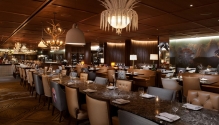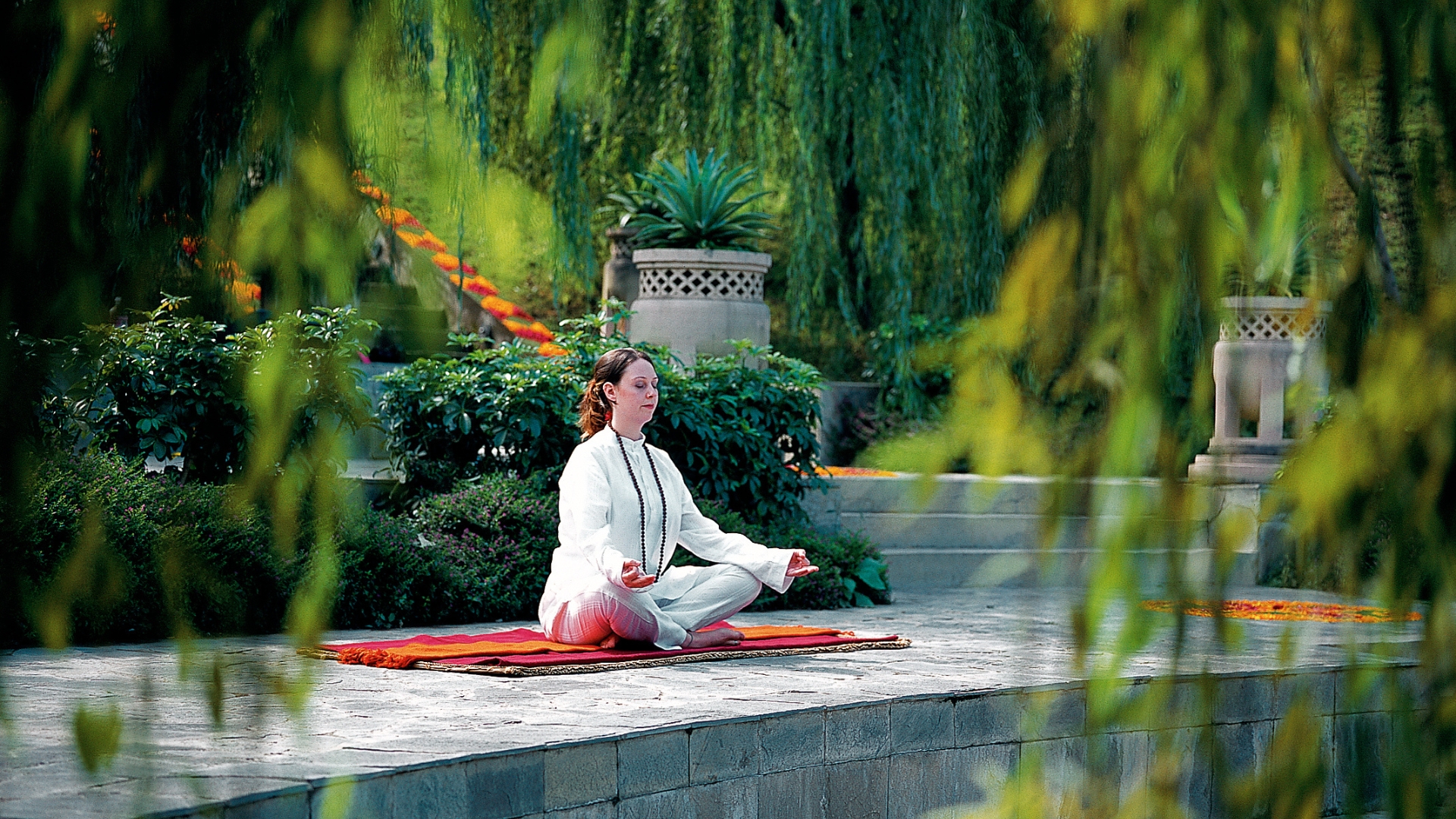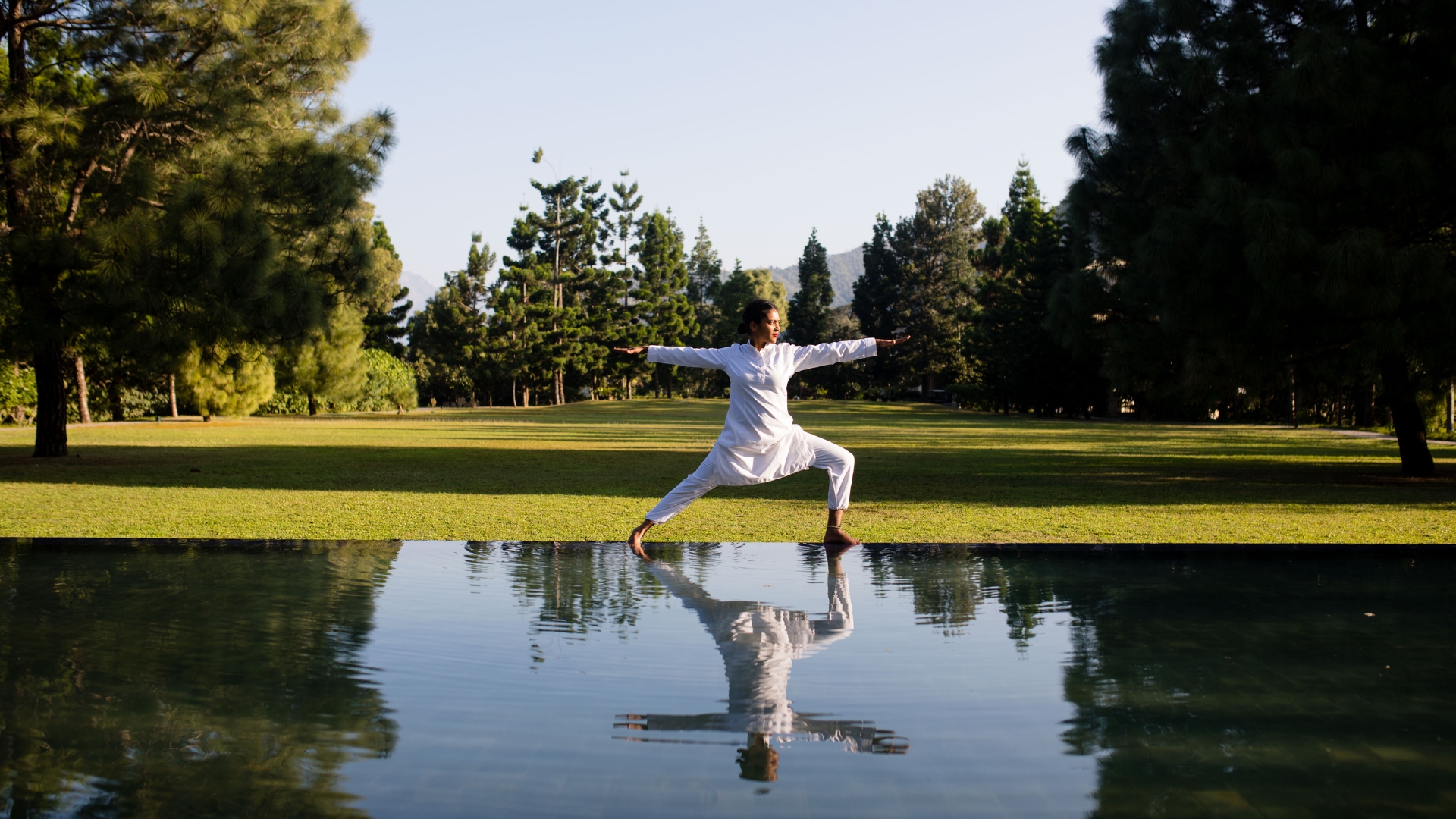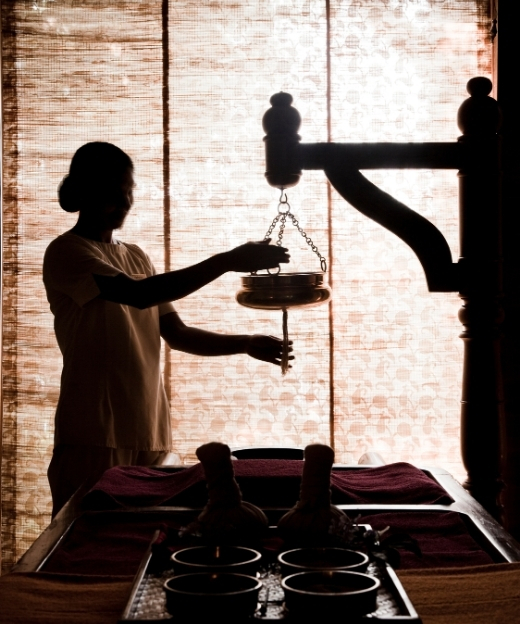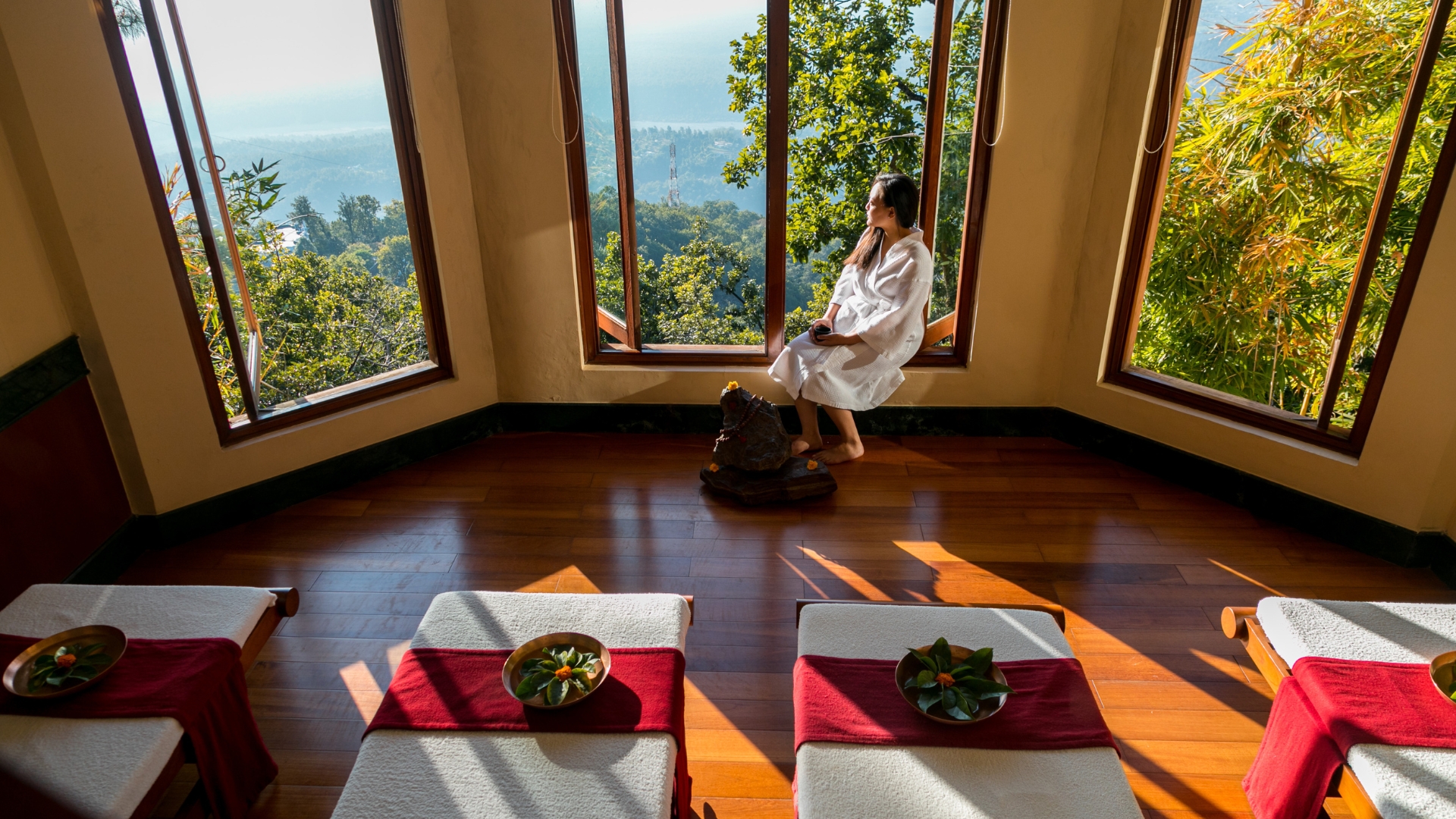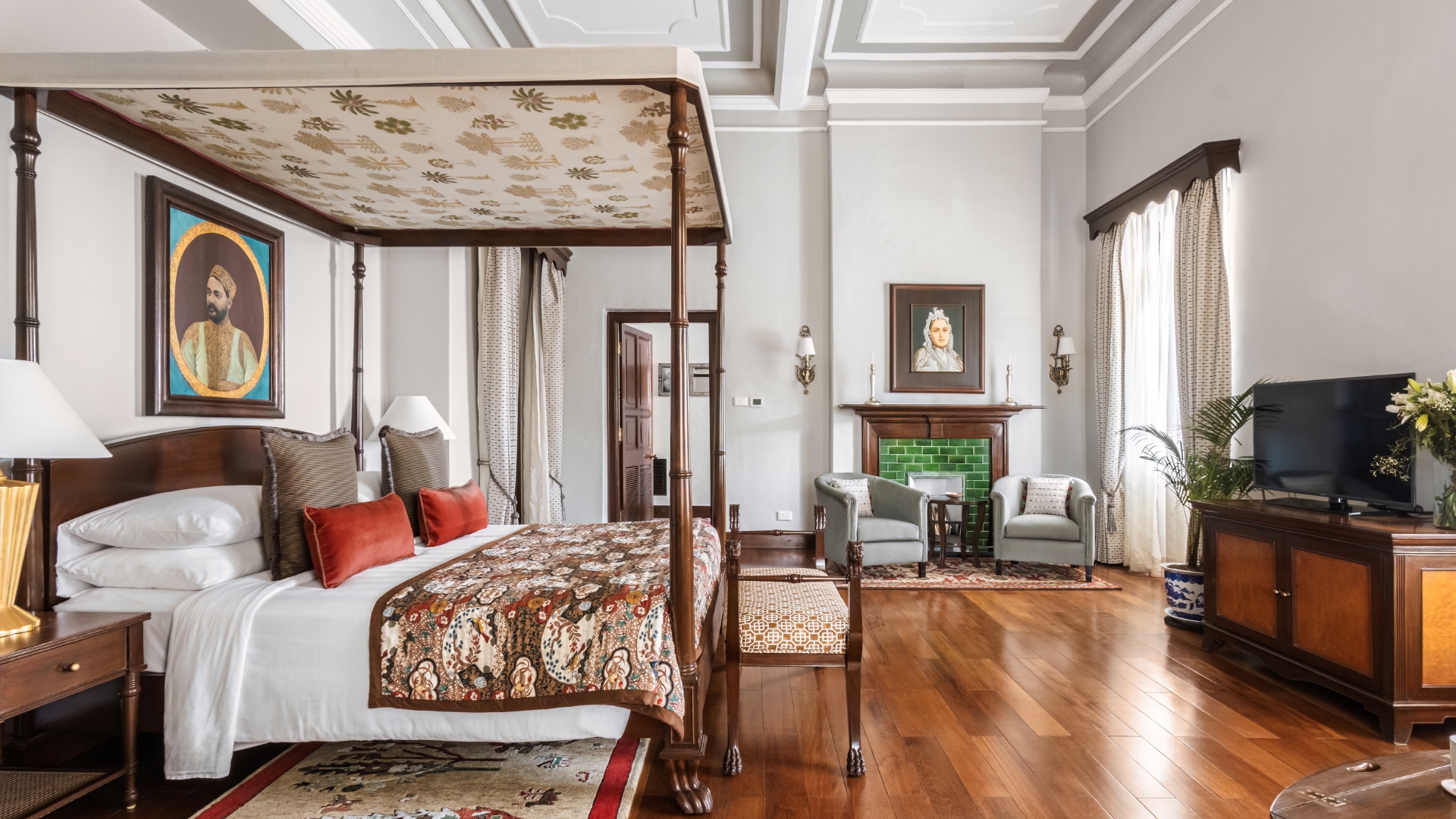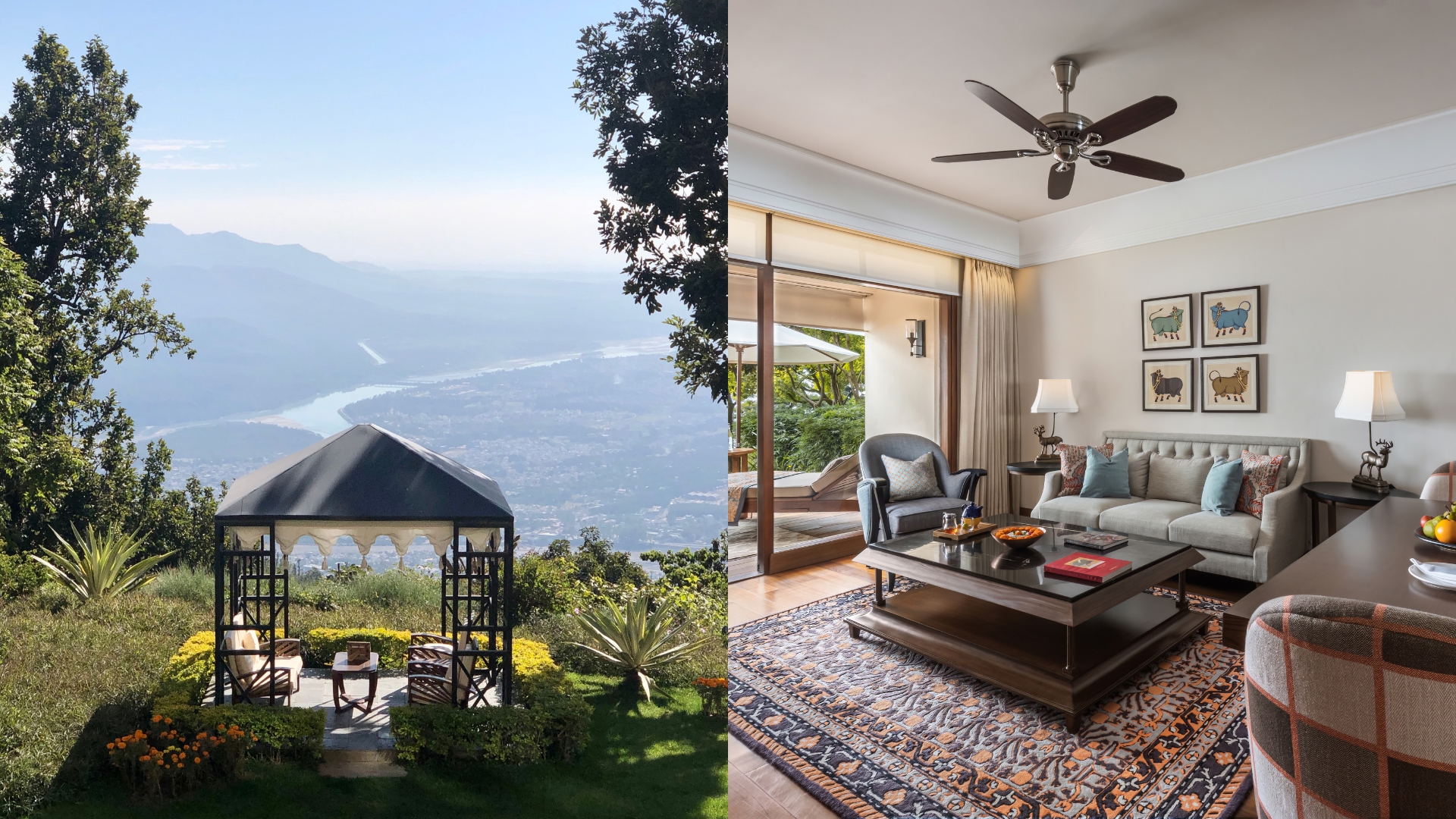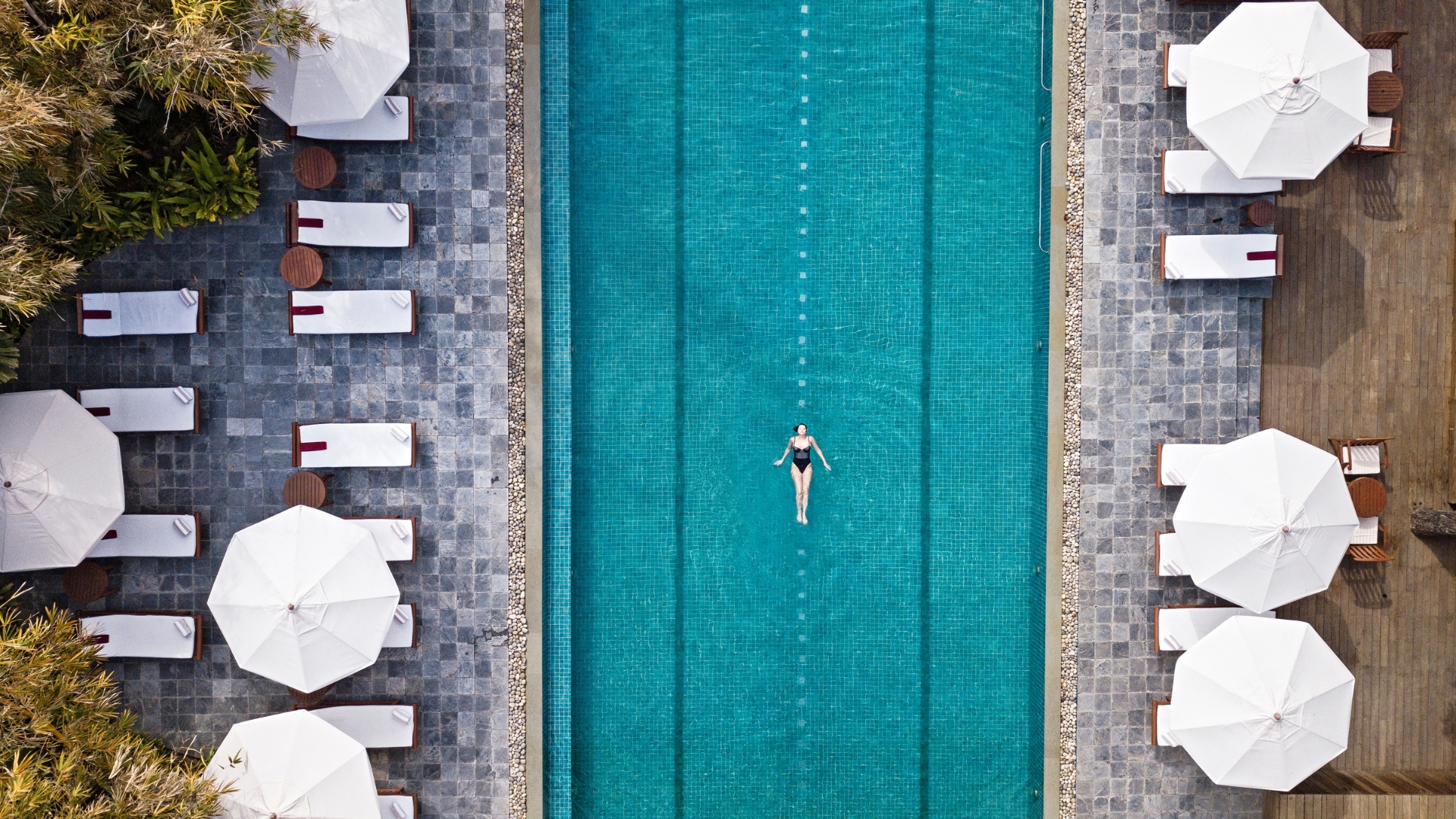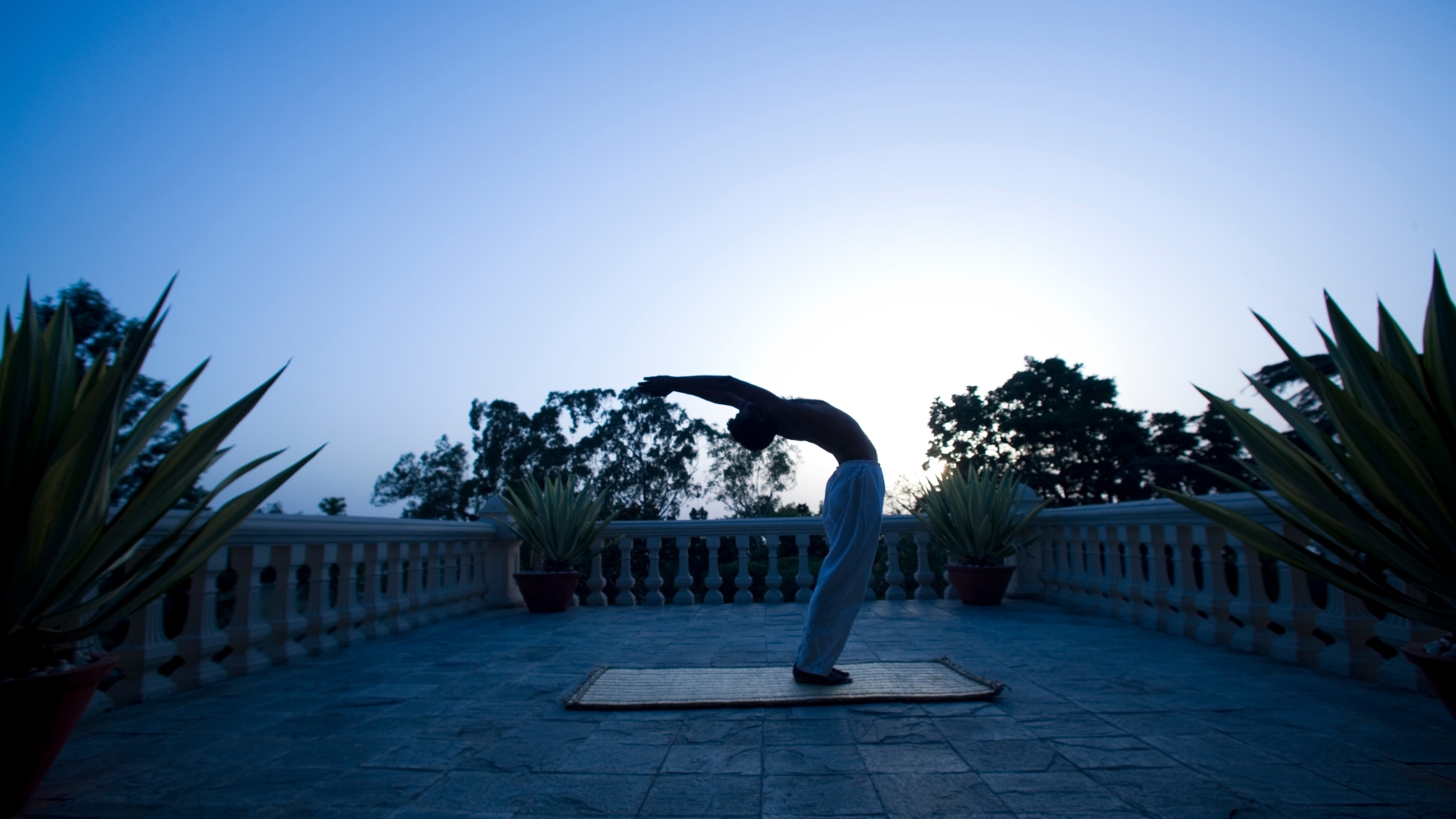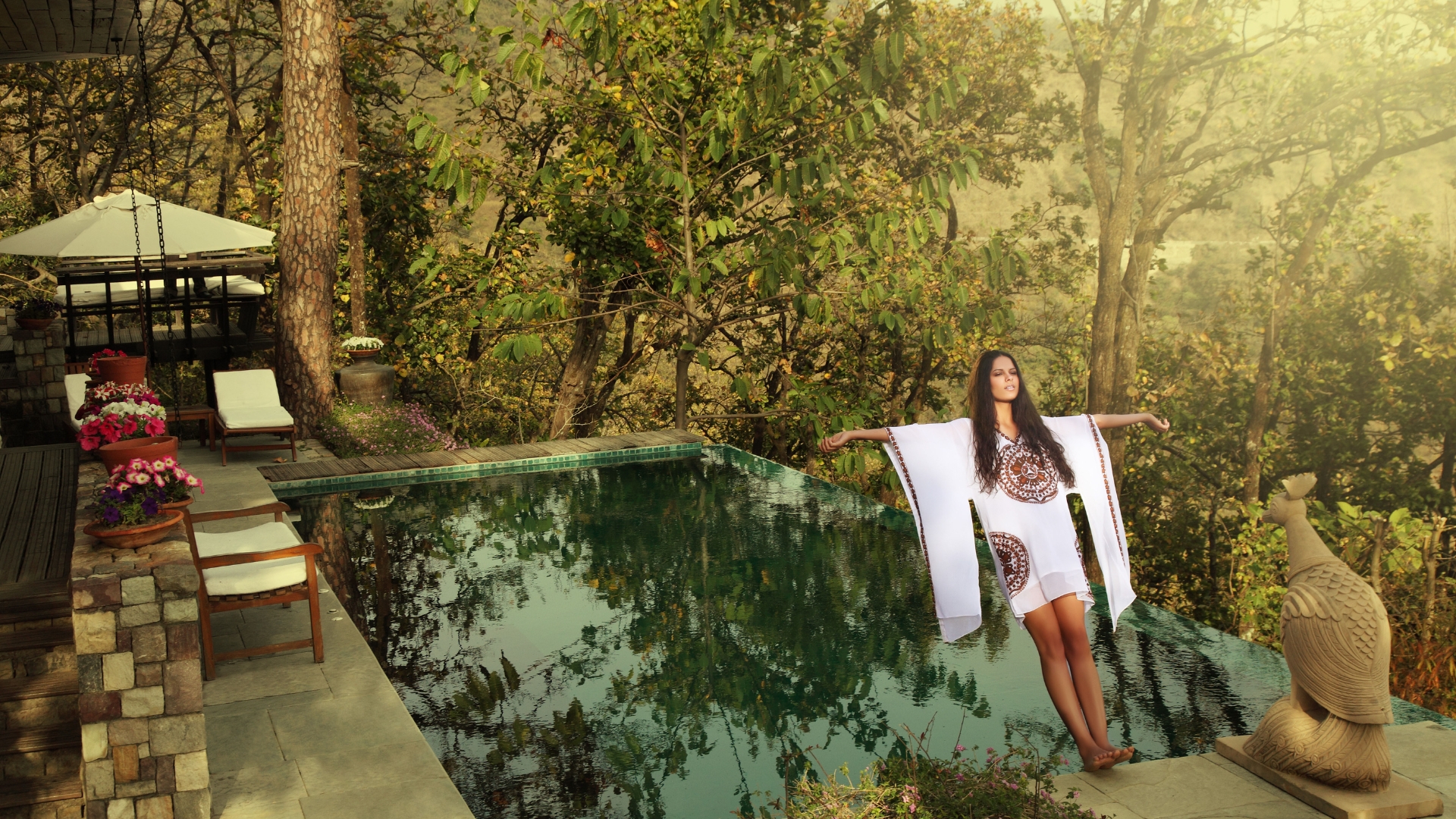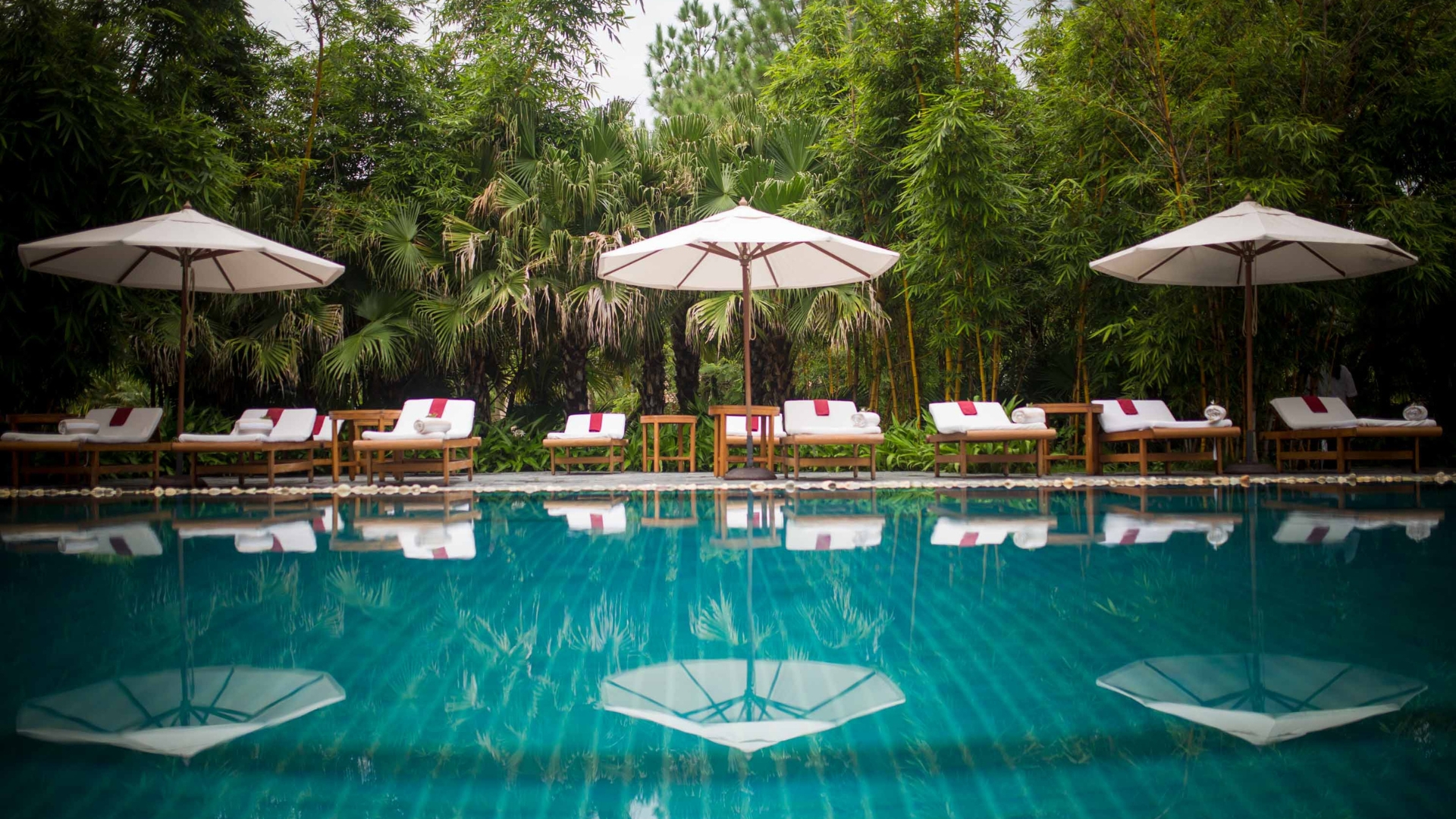Ananda In The Himalayas: Where Design Meets Wellness, and the Future Unfolds
Blending timeless heritage with forward-thinking vision, Ananda in the Himalayas continues to redefine luxury wellness after 25 years.
By Rupali Sebastian
Overlooking the spiritual town of Rishikesh and the Ganga river valley, Ananda in the Himalayas is dedicated to restoring balance and harmonising energy through a holistic approach to well-being. Nestled within a 100-acre Maharaja’s Palace Estate, this multi-award-winning mountain retreat seamlessly blends heritage and contemporary wellness, where nature and architecture exist in quiet harmony.
The property unfolds like a sanctuary, with exquisitely landscaped gardens, meandering pathways, and serene courtyards, immersing guests in a world of stillness and restoration. The estate’s palace and pavilions, once home to Indian royalty, now house a selection of luxurious accommodations designed to enhance privacy, tranquillity, and wellness.
Beyond wellness, Ananda extends its ethos into the landscape, offering bespoke outdoor experiences, including trekking, nature walks, white water rafting, and jungle drives in Rajaji National Park. Guests can also engage with Rishikesh’s spiritual heritage, through guided tours of ancient temples and monasteries, culminating in the Ganga aarti, a deeply moving ceremony performed each evening on the banks of the sacred river.
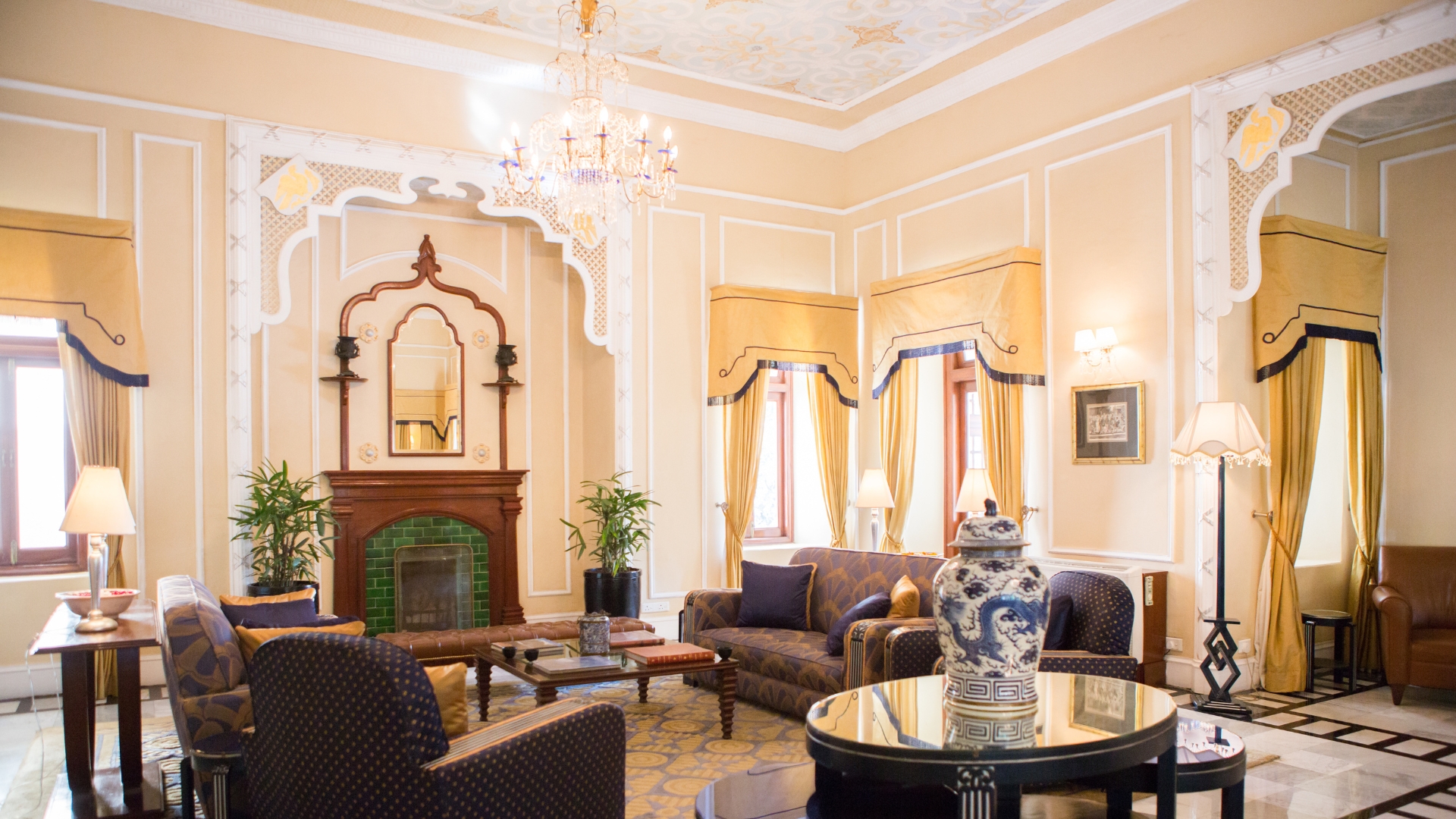
The Ananda Palace Lounge is where guests, comfortably ensconced on lounge sofas, can admire its antique furniture and chandeliers.
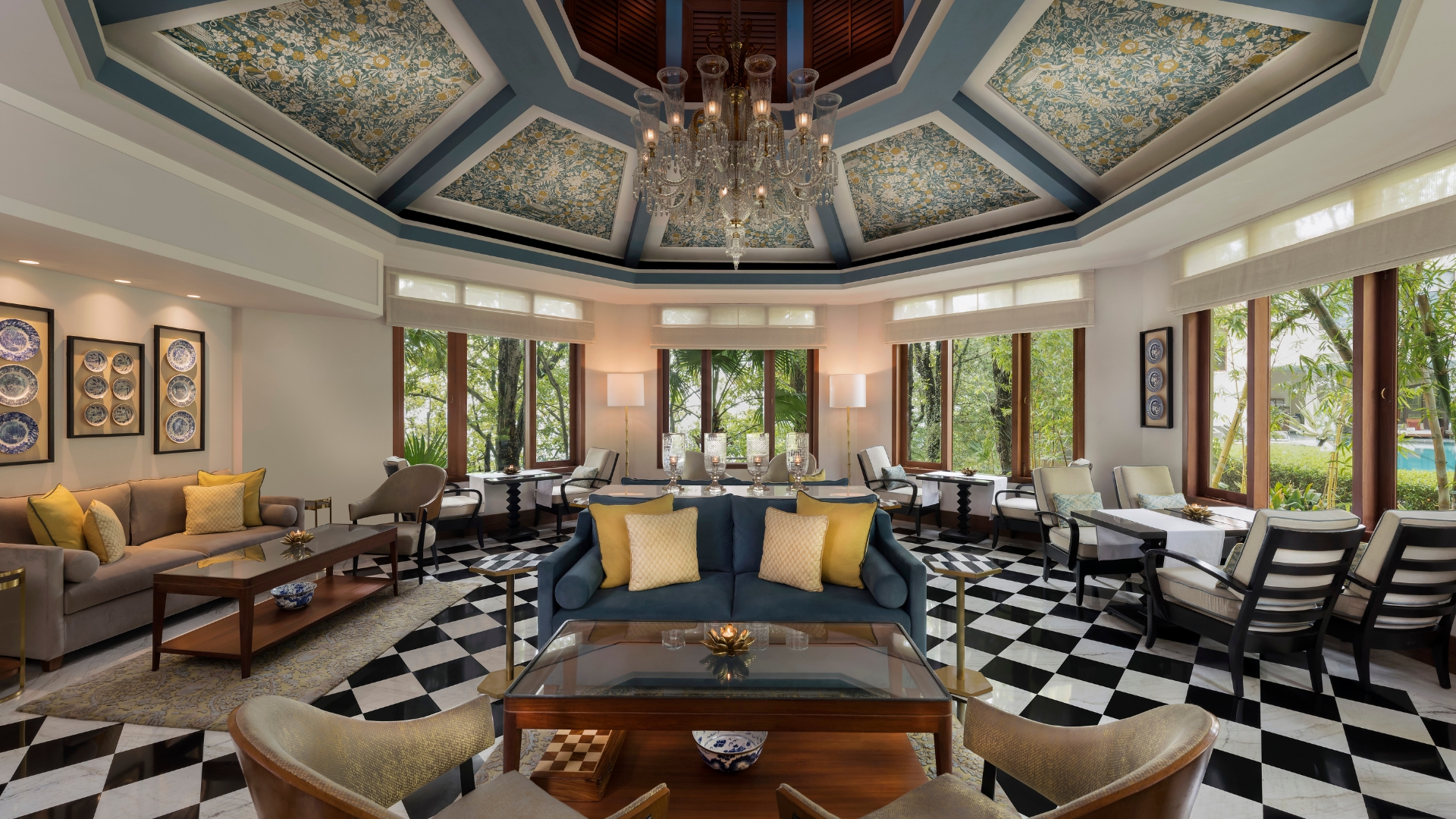
The Pavilion is where guests can partake of drinks and light snacks.
Designing a space for wellness
Ananda’s architecture is an extension of its natural surroundings—a philosophy that defines its evolving design programme. The estate is punctuated by pavilions and meditation spaces, all designed to foster reflection and stillness.
Colours are drawn from the Himalayan landscape—earthy ochres, soft greens, and muted browns—that echo the forests, riverbanks, and shifting mountain light. Some hues, complemented by artistic elements, evoke spiritual contemplation. The design is anchored in natural materials: handwoven textiles, stone, and sustainable wood shape the interiors to create a sense of warmth.
The journey from the palace to the spa, the heart of Ananda’s wellness experience, winds through woodlands and manicured lawns. The three-level, 24,000sq.ft. spa overlooks the gardens of the Palace and the valley of Rishikesh and features a state-of-the-art gymnasium, an outdoor temperature-controlled swimming pool, and luxurious hydrotherapy facilities. Designed for deep healing, the spa offers Ayurvedic therapies, international wellness treatments, and signature healing rituals, all curated to restore physical, mental, and spiritual balance.
Ananda’s 75 rooms, suites, and villas, each with private balconies offering panoramic views of the Ganges valley or the palace gardens, are designed with classic elegance in the colonial hill architectural style, seamlessly blending with the lush surrounding landscapes.
Deepa Sama, who helmed the latest renovation of the Ananda and Viceregal Suites and designed Ananda’s newly unveiled Deluxe Suites, explains: "Our goal was to amplify the sense of immersion in nature while elevating comfort and aesthetics. We introduced larger glass openings, reworked terraces and balconies, and softened transitions between indoor and outdoor spaces to heighten the connection with the land."
Given the high seismic activity of the region, all buildings have been constructed to withstand the highest category of earthquakes. “It took over six months to design and three months to execute this project,” says Sama. “Transporting materials and mobilising labour were the biggest challenges. We needed to plan well in advance to ensure everything aligned with our timelines.”
The visual expression of the retreat brims with stylistic interpretations of the upper Himalayan regions, incorporating references to its flora and fauna. Sustainability remains a priority. “We used engineered and reclaimed wood flooring in all the rooms and terracotta shingles on the roofs,” Sama adds.
Aashica Khanna, Director, Ananda in the Himalayas, highlights how the retreat’s remoteness is intrinsic to its success. “It is important for our guests to be in the midst of nature, away from distractions, to find peace and look within. Nature provides the first step toward healing. Whether it’s the outdoor yoga pavilions, decks hanging over the Himalayan forests, or expansive lawns where guests stroll barefoot, it’s all part of Ananda’s philosophy of well-being. Being connected with nature facilitates the connection to oneself.”
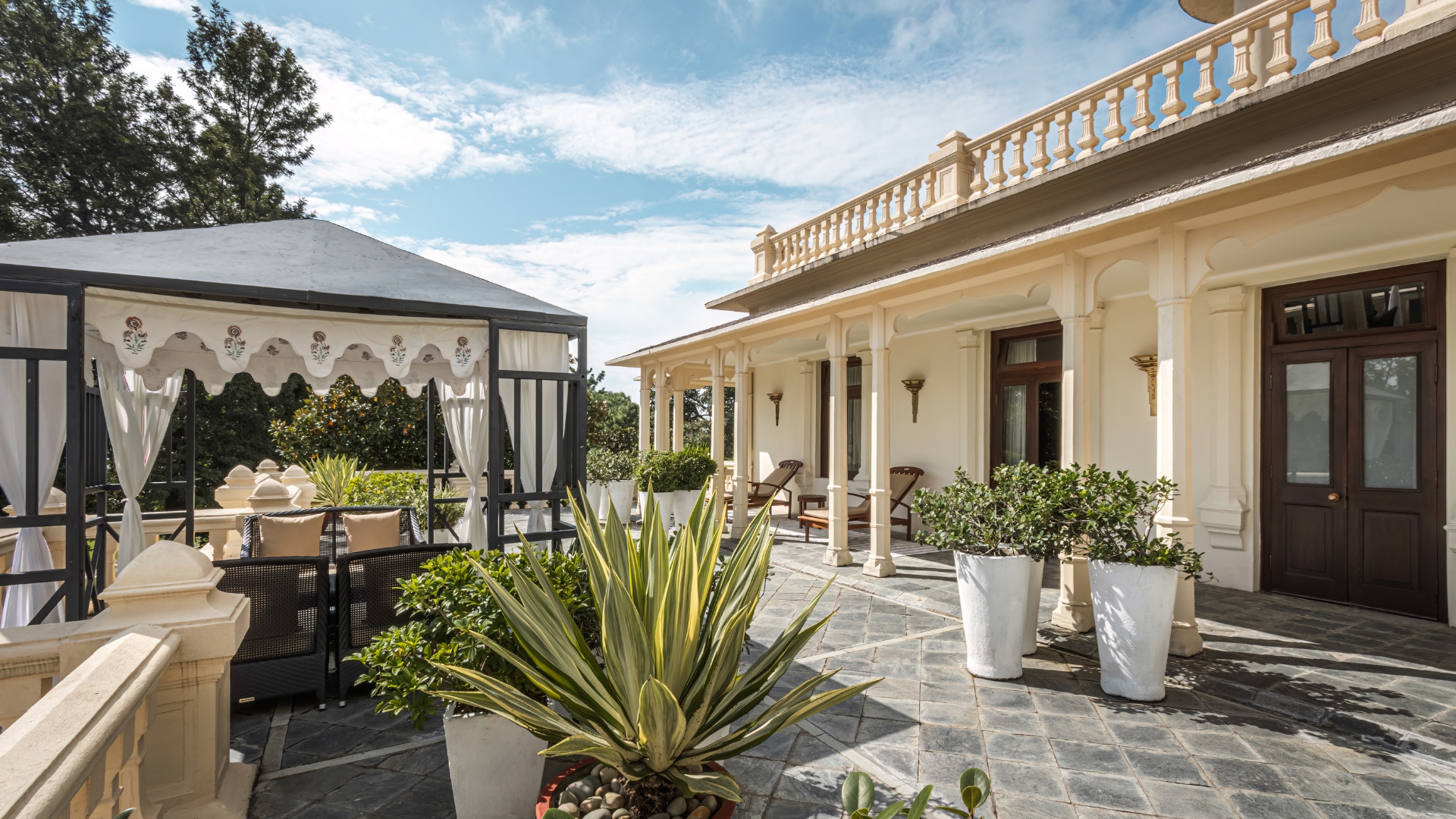
The Viceregal Suite comes with a private terrace and gazebo.
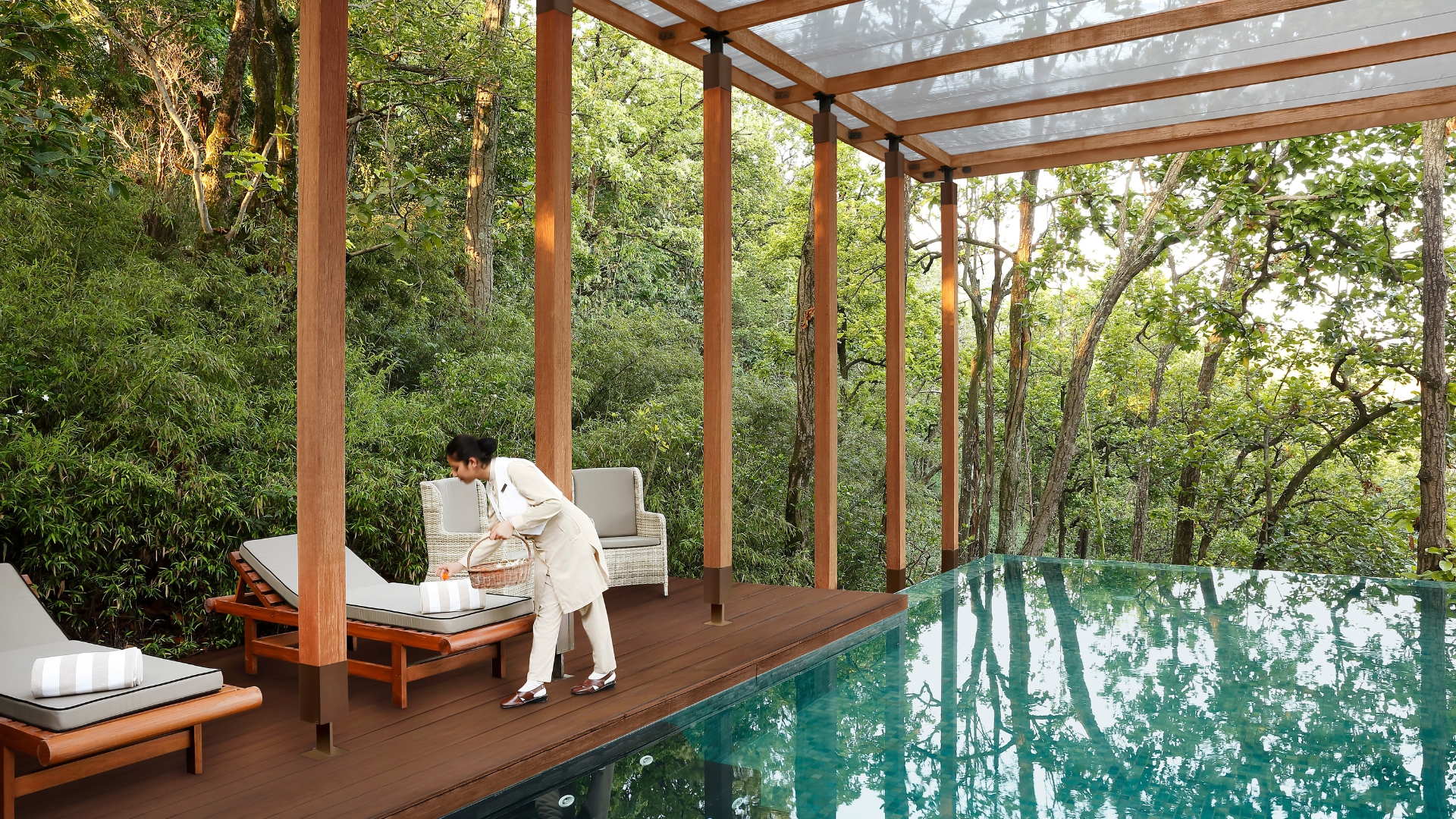
The three villas—Himalaya, Shivalik and Ganga—come with luxurious 40sq.mtr. pools.
A future focused on holistic well-being
As Ananda looks ahead, it continues to evolve while remaining true to its founding vision. Mahesh Natarajan, COO, sees this moment as a turning point, shaping the retreat’s next 25 years. “The road ahead almost feels like the start of another 25-year journey,” he reflects.
Ananda’s future is centred on deepening its connection to ancient healing, refining its approach to Ayurveda and yoga, and introducing lost wellness traditions such as Vajikarana, an Ayurvedic science focused on reproductive health. Simultaneously, the retreat is integrating scientific research and data-driven wellness tracking, making its programmes globally measurable and recognised. “We are also embracing hyper-personalisation, leveraging AI and machine learning to tailor evolving wellness plans that extend beyond the retreat, ensuring guests remain engaged in their well-being long after they leave Ananda,” he adds.
As Ananda in the Himalayas celebrates 25 years, it stands at the intersection of heritage and innovation. The retreat remains as it always was—a sanctuary for the soul, set in a landscape where time slows and healing begins. But now, with its sights set on the future of holistic well-being, Ananda is not just keeping pace with global wellness trends—it is defining them.
For 25 years, Ananda in the Himalayas has redefined wellness tourism
Ashok Khanna and Aashica Khanna reflect on its impact, authenticity, and the evolving balance between luxury and holistic healing.
When you founded Ananda in the Himalayas 25 years ago, wellness tourism was still a nascent concept, especially in India. What was the core vision that guided Ananda’s inception?
Ashok Khanna (AK): in the 1990s, when Rajiv Gandhi came to power, the economy opened up and IT came into India. Soon, it was booming and there were a lot of stress levels among people. So I saw the need for a wellness destination where people could come and detox and distress. And that was how Ananda was born.
In the past decade, India has been recognised globally for wellness retreats, Ayurvedic resorts, and yoga tourism. How much of this shift do you think Ananda has catalysed?
AK: We’ve catalysed, I would say, 95% because we've been there since 2000. And I think luxury Ayurvedic spas around India—other than Kerala—came about after 2015. So we had a 15-year head start. I think we were responsible for the popularity of yoga and Ayurvedic therapies.
Aashica Khanna: There are a lot of people who are trying to establish these kinds of centres now. The awareness about yoga and Ayurveda is much more now. It was a long process of brand building, awareness and education that we had to seed the Indian market with. So a lot of that initial work we did, and the recognition of this as an industry today is, I think, because of some of that initial work that we have done in the space.
Ananda has remained a single-location luxury retreat for 25 years. Was this a conscious decision, and do you see expansion in the future?
AK: Yes. We've started off as an Ayurvedic and yoga destination with, of course, Vedanta thrown in and we've stuck to our roots. We are still the same, though we’ve progressed a lot in each of these areas. Having said that, we’re completely focused on Ananda, and even though we are looking around, we don't have any immediate plans for expansion.
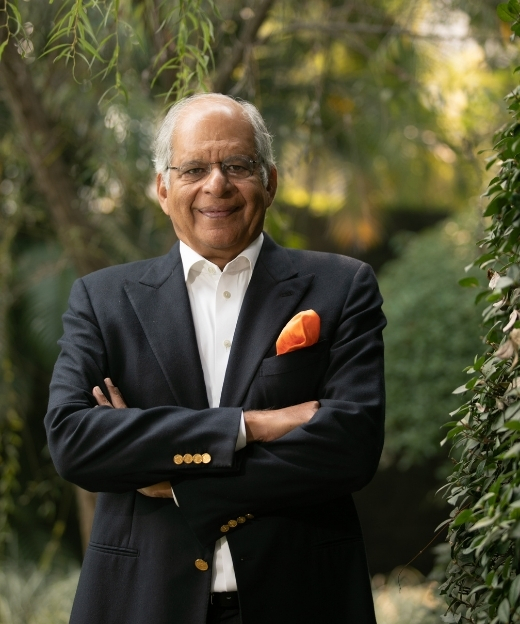
Ashok Khanna, Founder and Managing Director, Ananda In The Himalayas
Mr Khanna, what has been the most personally fulfilling moment for you in the last 25 years?
I think the most fulfilling for me has been that we've been successful in getting all our clients to look within. Introspection, that's where the journey of wellness starts. Because unless you look within, you don't know what changes to make in your life, what changes to make in your diet, which areas of your body need to be addressed.
And for you, Aashica?
Ayurveda teaches us that the body needs to be looked at holistically. Also, allopathy has made us realise that you can't have a Band-Aid approach by just treating the symptom; you must treat the body as a whole. So it's a complete physical, mind, body, soul-searching experience that will actually allow you to fully and completely heal from within.
AK: Also, I’d like to add that how you look, is how you really feel. Your internal body will demonstrate what you look like. Especially women, you know, when they want to look good, they need to introspect, look within, and then come up with solutions.
Aashica, as someone who has witnessed Ananda’s journey up close, what do you think has kept Ananda relevant for 25 years in an increasingly competitive space?
Aashica: The first thing is we have stayed very true to our initial approach, which is the authenticity of our offerings. We have always truly believed in the Indian sciences and the depth of knowledge that this country has. That's always been our direction from the start—that we wanted to use these sciences in ways to heal people. so we've stayed very true to that approach. All of our interventions are extremely authentic in their approach. Most of the issues that we are addressing today, the cornerstone will always be Ayurveda and yoga.
We’re going deeper and understanding these health sciences and trying to use them to address modern-day issues that keep coming up. You can see that in the work we're doing in women's health, in the areas of fertility; we're addressing chronic health issues like diabetes and insomnia. We just launched a new sleep program. These are new-age issues, and we're using traditional approaches to address them.
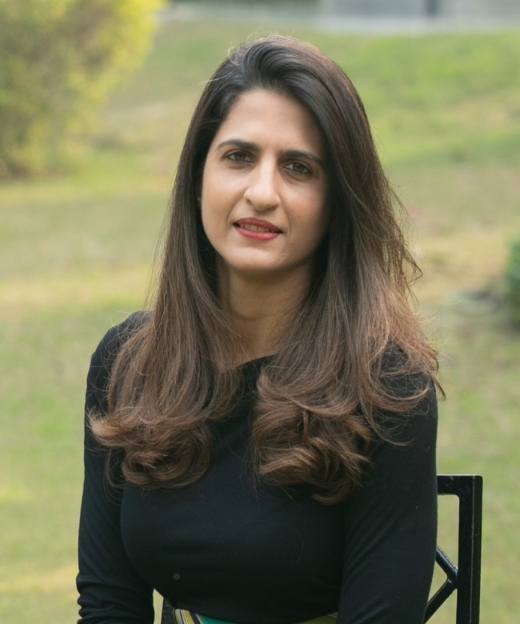
Aashica Khanna, Director, Ananda In The Himalayas
Despite having an authentic wellness legacy, India still faces stiff competition from destinations like Thailand, Bali, and Europe. What do you think India needs to do differently to truly own this space?
Aashica: It’s strange, actually, because the knowledge all comes from us. Bali and Thailand, they're actually using the base and the sciences that are Indian. The challenge here is not so much about how we can own the space. We are owning the space. We're one of the players that has done a lot of work in this space. I think the thing that's not supporting us is the tourism infrastructure, and the government.
As long as the government can play its part in supporting tourism as an industry, private players will do the job very effectively. It's just that they need the right kind of support and infrastructure to be able to do the work that they need.
A lot of work has been done in the last few years with roads and airports and access, I agree, but there are still a lot of parts of this country which are extremely special, which are not accessible as yet, still unknown. We live in a country which is so vast and has so much cultural heritage, but it's still quite unexplored because of all of these reasons. Something that the tourism sector has been asking for so long is infrastructure status, but that hasn’t come through yet.
How do you strike a balance between authentic healing and a world-class luxury experience?
Aashica: That's one of the things that's most difficult to achieve, actually. It's combining two very different worlds. Luxury hospitality is preference-based, and wellness is need-based and individual constitution-based. So you're taking one which is accustomed to never saying no to a guest and always giving them what they want. And here you're trying to teach people what it is that they need, what their body needs, and what they should be doing.
And very often, it's difficult to bring these two together because you're trying to explain to people why they should do a certain thing even though they don't want to. So, it's a tightrope that we're trying to walk. We're trying to provide this very luxurious experience while still designing a schedule, an itinerary and a treatment protocol for people based on what their individual body and constitution needs.
It's very challenging, but I think we've done a fairly decent job. We handle 150 such tailor-made schedules everyday, and each person's journey is completely unique. It’s like playing in an orchestra that never goes home.

















